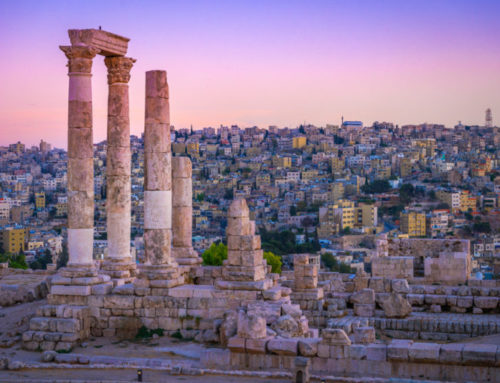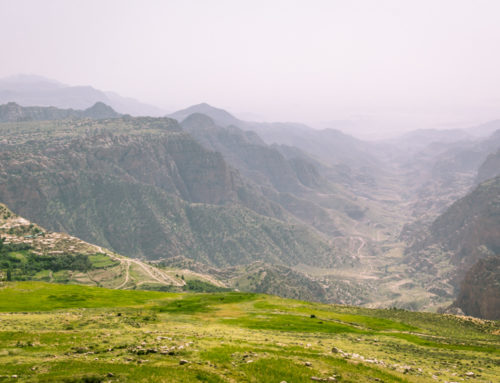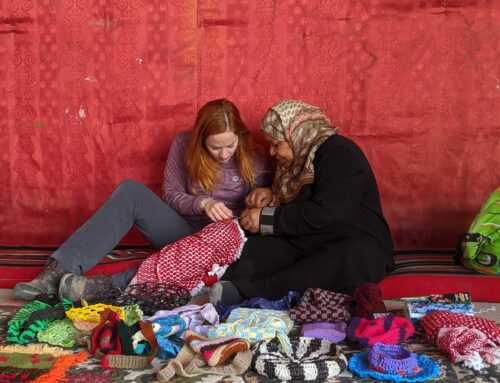5 Things You Might Not Know About Petra
The UNESCO World Heritage site of Petra is known for its ancient history and impressive architecture. The cliff-carved facade of the Treasury, in particular, is recognized as the “face” of the archeological site, made even more famous after it appeared in the finale of Indiana Jones and the Last Crusade. When you plan a trip to Petra, you know a day spent exploring the dusty trails and storied ruins of this “Lost City” will be both exhilarating and exhausting. You know to pack your hiking boots, sun protection, and a camera to capture the magic. But there is much more to Petra that what you typically find in travel guides and history books. Here are 5 things you might not know about Petra:
You Can Hike the Highest Peak in Petra
Aaron, the brother of Moses, is buried atop the highest peak in Petra. Leave the throngs of tourists behind and take a guided hike to the tomb at the summit. Since the Byzantine era, religious buildings have been erected on Jabal Haroun so this trek is a spiritual pilgrimage for some.
Winter Weather Can Cause Closures
Winter in Jordan often means heavy rains and sometimes even snow. Petra is a precarious place to be during inclement weather, as wet rock-cut stairs are slippery and rain can cause dangerous flash floods, particularly in places like the Siq. Authorities may close the site in these cases, so keep an eye on the weather forecast and check with your tour operator or the visitor’s center for updates.
Petra is Full of Secrets, Legends, and Misleading Nicknames
The Treasury is actually a tomb, the Monastery may have been used for gatherings of the cult of Obodas (and not monks, despite the name), and the Great Temple is likely not a temple at all. Mysteries and legends lie in the layers of sand and rock-carved structures of this ancient city. So don’t be surprised if you hear conflicting tales about the Lost City — even archeologists don’t have all the answers. Take your time to look beyond the surface, ask questions, and explore the walls of tombs and caves. A local, licensed guide can provide cultural context and point out significant sites and the stories behind them.
You Can Visit Little Petra for Free
The main Petra archeological site will cost you a minimum of 50 JD (70 USD) to enter, but there’s no fee to visit Little Petra. Located in the Al Beidha area about 10-15 minutes from the Petra visitor’s center, Little Petra was once a suburb of the main city where local merchants likely hosted visiting traders. The official name of the site is Siq al-Barid but when you see the similarities with Petra — a siq entrance, ancient ruins, structures carved into cliffs, and incredible views — you’ll understand how it earned the nickname “Little Petra.” If you’d like to spend more time learning about the area’s history and culture, you can arrange lunch with a local family or overnight with a local tribe.
There’s Always More to Explore
While there are plenty of trails to trek and numerous sites, tombs, and monuments — such as the Treasury, Monastery, Royal Tombs, and Place of High Sacrifice — to visit, only about 15% of Petra is actually uncovered and accessible to the public. The Lost City of Petra spreads over one hundred square miles and archeologists believe much more is still waiting to be unearthed. The devastating earthquakes in the 4th century AD shook down much of the city, leaving broken bits to be buried under the sand.







